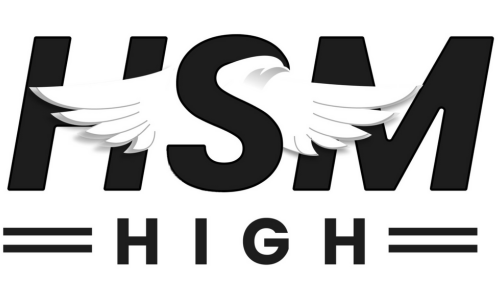Revolutionizing Uniforms: A Look at Modern Design Trends and Their Impact on the Uniform Industry
Uniforms have been a crucial part of various sectors, ranging from healthcare and hospitality to the military. While the fundamental idea of a uniform remains consistent, the designs and materials used in contemporary uniforms have seen significant transformations over time. In
recent times, modern uniform trends have surfaced, infusing traditional uniforms with a dash of style and innovation.
Modern uniforms are now designed with stretchable fabrics to provide enhanced mobility and flexibility. This not only fosters trust with clients but also instills a sense of professionalism among team members, thereby boosting customer loyalty and trust in your brand.
Sustainability is another trend that is gradually making its way into uniform design. With environmental concerns gaining prominence, many uniform manufacturers have started incorporating eco-friendly materials in their designs. These could include recycled fabrics,
organic cotton, or sustainable materials like bamboo or hemp. Not only does this benefit the environment, but it also enhances the company’s image as a socially responsible and sustainable organization. Some uniforms are also designed to be more durable, aiming to
reduce waste and the frequency of replacements.
Another modern trend in uniform design is the integration of functional pockets. Many uniforms now come with multiple pockets designed for specific purposes, such as a phone pocket with a clear plastic cover that allows the user to operate their phone without removing it from the pocket. This trend is particularly popular in industries where workers need to carry a lot of tools or equipment, such as construction or healthcare.
Personalization and modern design are also being embraced by uniform companies. Unlike traditional uniforms, which are typically identical for all wearers, many modern organizations are opting for customizable options that allow individuals to personalize their uniforms to a certain extent. Many uniform designers are incorporating bold colors and prints into their designs, moving away from the traditional monotone look. This might include options for different colors or designs on specific parts of the uniform, such as collar tabs or patches. Companies are updating their uniforms to reflect the current trends in fashion.
Furthermore, many modern uniforms are designed with technology in mind. For instance, some healthcare uniforms now come equipped with RFID tags, which can track staff members’ movements and help improve efficiency in hospitals. Other uniforms may have built-in sensors that monitor a worker’s heart rate or body temperature, ensuring that they are not overexerting themselves.
In conclusion, modern uniform trends are transforming traditional uniforms into functional and fashionable pieces of clothing. With the use of functional fabrics, bold colors and patterns, personalization, sustainability, and wearable tech, modern uniforms are becoming more
comfortable, stylish, and efficient. These trends not only benefit the employees who wear them but also improve the image and reputation of the organizations they represent.


